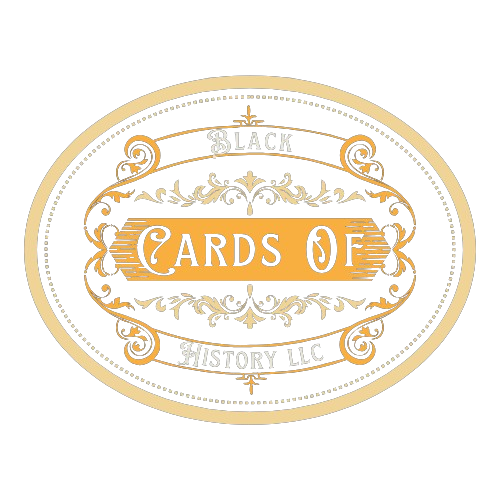🌟 Welding Justice: Yosetsu Awase - Black Engineering Giants & the Nuts‑and‑Bolts Work of Allyship
Rise Beyond Legacy × My Hero Academia — Final Season Preblogs
By Sterling, Founder of Black Cards Of History LLC
1. Why talk about Awase?
In Class 1‑B, Yosetsu Awase rarely courts the spotlight. He’s the student who’s happiest behind the scenes, fusing steel plates so the stage doesn’t collapse or triple‑checking the wiring so the lights don’t blow. That same “get‑it‑done” mindset is exactly what large cultural projects need but rarely celebrate. For Black History Month his value wouldn’t be flashy creativity; it would be reliability. And reliability, in justice work, is gold.
Score: 7 / 10 — because energy, sweat, and follow‑through matter just as much as grand ideas.
2. The heart under the hardhat
Awase’s Quirk, Weld, is a metaphor for the kind of ally he’d become:
join what’s broken, reinforce what’s fragile, hold together what others overlook.
That quiet solidarity echoes the countless unnamed volunteers who set up chairs at community forums, troubleshoot microphones at protests, or code websites for grassroots funds. They don’t get the photo‑ops, yet movements crumble without them.
3. His Black History Month lane: logistics with purpose
Event build‑out: He’d offer to fabricate sturdy display boards for a traveling exhibition on Black inventors.
Workshop support: While more charismatic classmates present, Awase would handle AV, seating, and safety checks.
Resource sourcing: Need 400 feet of extension cord or last‑minute sheet metal for a student art piece? He’s already in the truck.
Awase proves that deeds > tweets. Black History Month succeeds when every role—from keynote speaker to stage rigger—shows the same respect for legacy.
4. YouTube assignment — “Building Bridges: Black Innovators in Engineering”
Awase’s channel wouldn’t feature dramatic edits. Picture a workbench, blueprints, and his straightforward delivery:
- Elijah McCoy — lubrication systems that revolutionized locomotives (origin of “the real McCoy”).
- Granville T. Woods — induction telegraphy, letting moving trains communicate.
- Mary Jackson & Katherine Johnson — NASA engineers who made spaceflight possible.
- Mark Dean — co‑creator of the first IBM PC and color‑graphics adapter.
- Lonnie Johnson — NASA jet‑propulsion engineer… and the Super Soaker inventor whose royalties fund STEM programs.
Awase would end by welding two steel bars: one labeled Past, one Future.
“These pioneers forged the joint. Our job is to keep widening the bridge.”
5. Where economic justice meets engineering
Black engineers have routinely seen their patents stolen, their ideas under‑funded, and their leadership roles blocked. Awase, a craftsmanship purist, would bristle at that injustice:
- Patent theft = wage theft.
- Under‑investment = lost generational wealth.
- Gatekeeping = fewer safety advances for everyone.
His takeaway: when schools, investors, and agencies back Black innovators, society doesn’t just get diversity points—it gets better tech, safer infrastructure, and fairer economies.
6. Final bolts & takeaways
Awase shows that allyship isn’t always bold colors and poetic speeches. Sometimes it’s measuring twice, cutting once, and staying until the last table is folded. By welding his practical skills to a purpose bigger than himself, he honors Black excellence exactly the way it’s often demonstrated in engineering history: quiet genius, tangible impact.
So here’s to every Awase out there—people who hold the project together while the cameras face the podium. Black History Month—and every month—runs on its unseen sparks.

